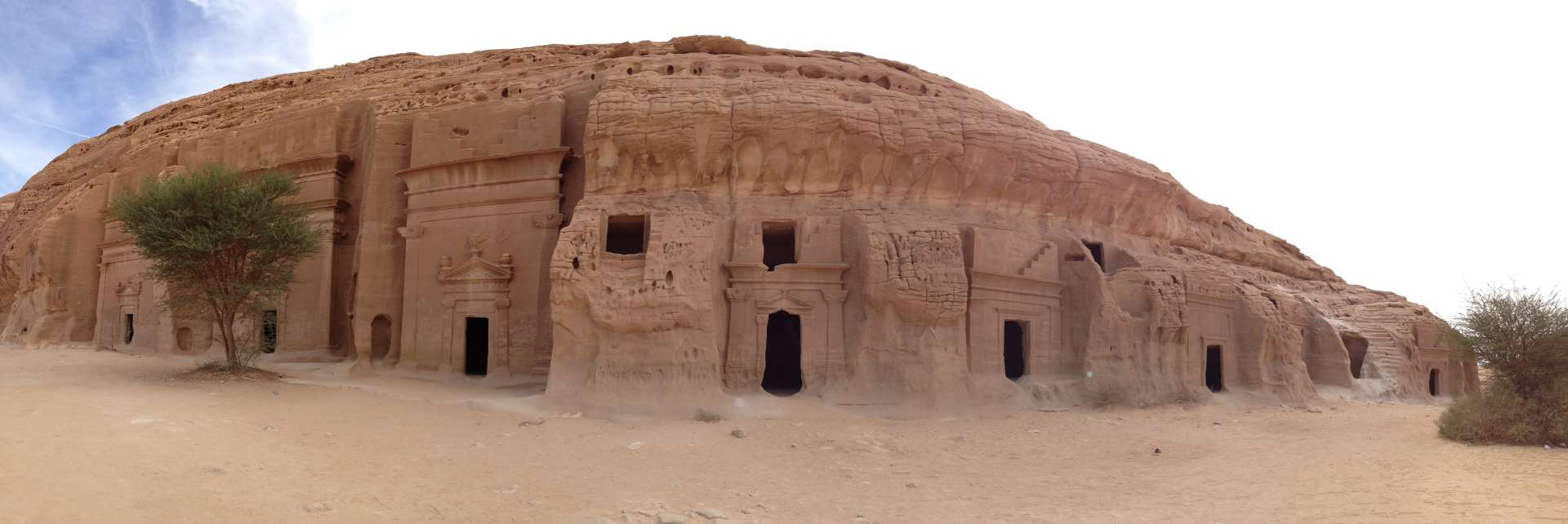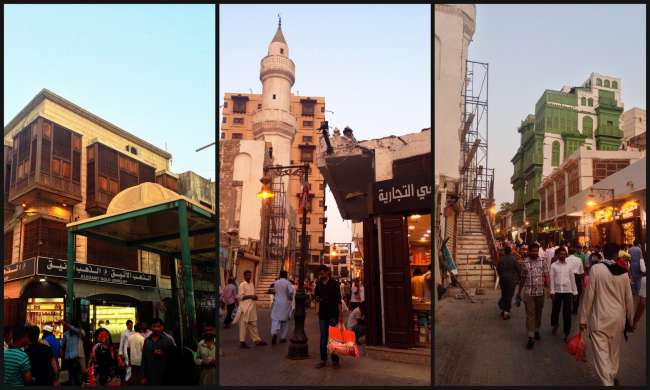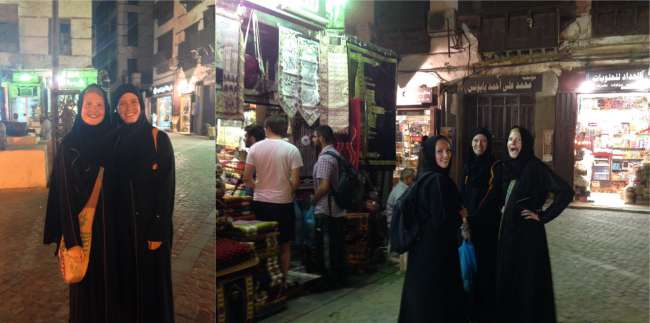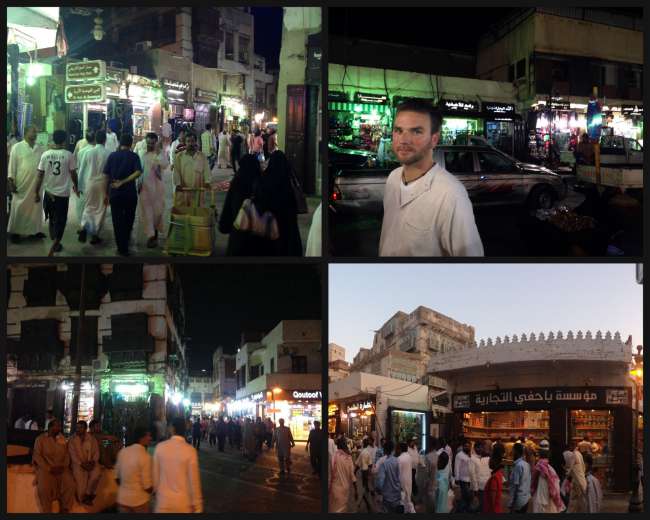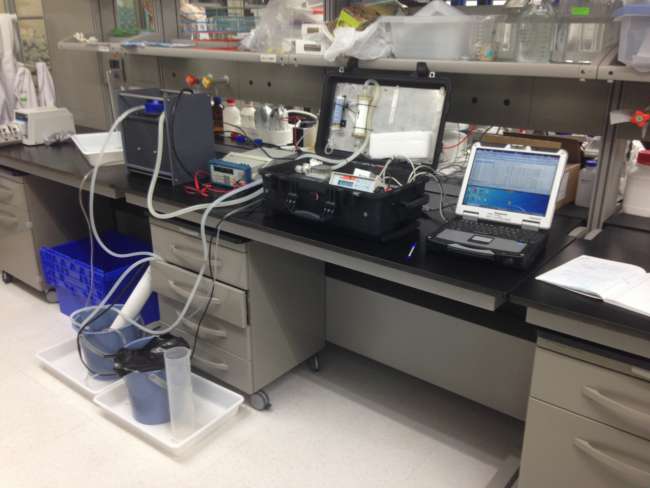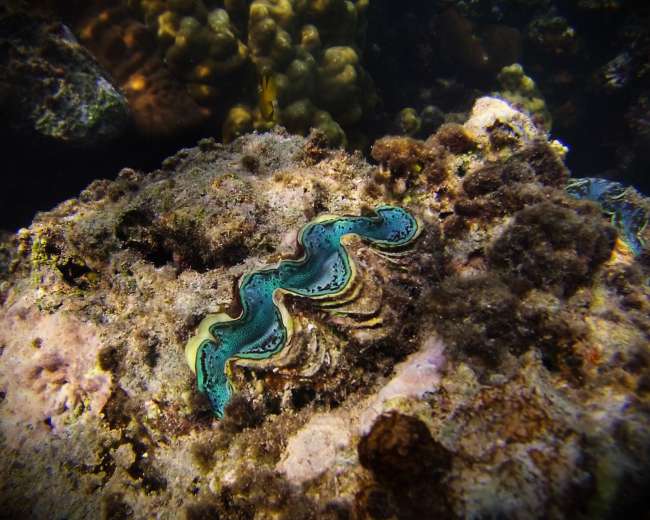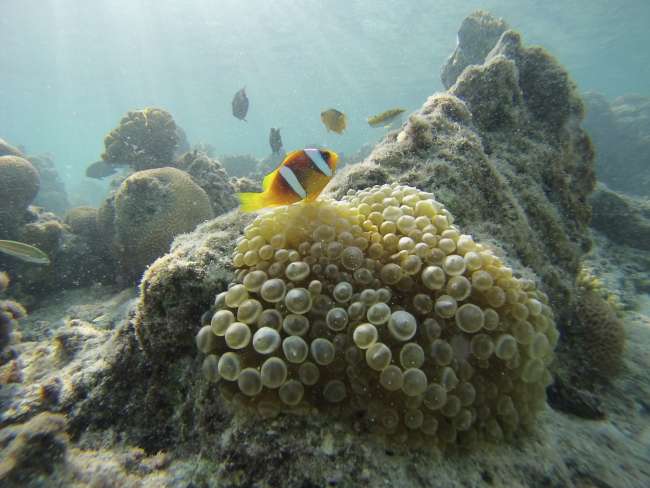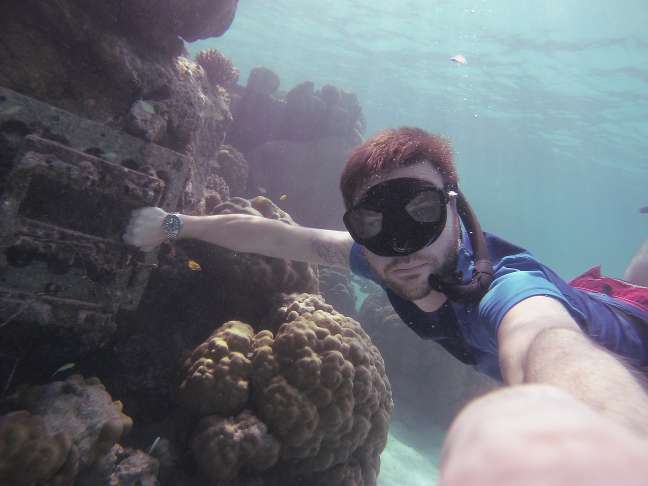
abenteuermorgenland
vakantio.de/abenteuermorgenland
Al-Balad and the first field trip
പ്രസിദ്ധീകരിച്ചു: 21.10.2016
വാർത്താക്കുറിപ്പിലേക്ക് സബ്സ്ക്രൈബ് ചെയ്യുക
The old town of Jeddah
Last Friday, we went on another excursion to Jeddah - this time to the old town, Al-Balad. 'Balad' means 'the city' and is the historical center of the city.
The city was founded in the 7th century and is a UNESCO World Heritage Site.
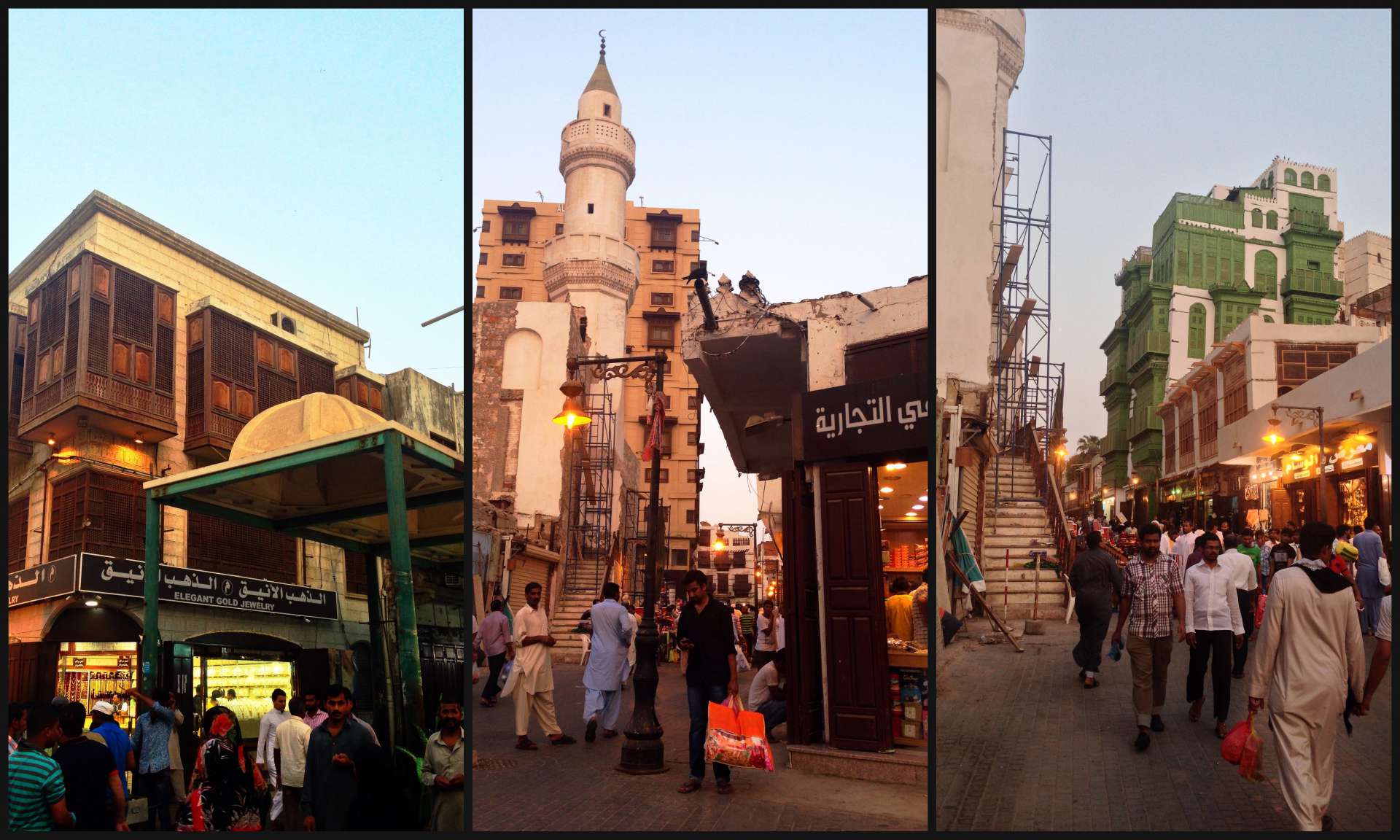
In contrast to the mall visits, this time we had the full program in terms of veiling - so also the headscarf ;-) It may not be an absolute must, but you don't have to stand out as a foreign exotic at first glance. I also heard that it can happen that you are approached stupidly without a headscarf.
Somehow I thought that with the abaya and our backpacks we looked like little nuns going to school ;-)
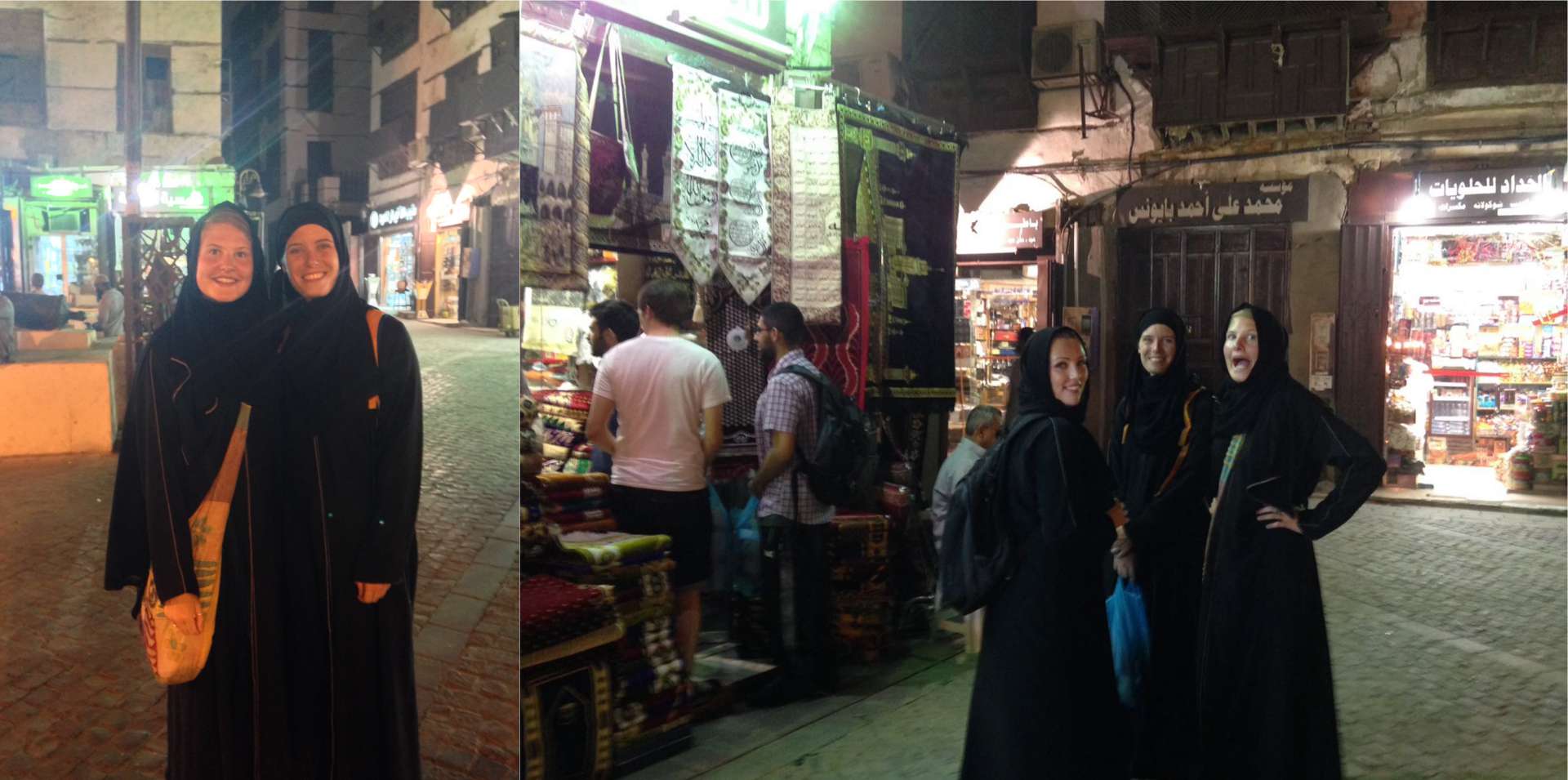
But now to the city itself: somehow very different from home, but not as exotic as I expected. I think if you have been to other countries or have seen pictures of markets/city centers from the Middle East, you have an idea of what to expect.
There were lots of small shops where you could buy twabs (the long robes for men) and abayas (for women), prayer mats, spices and more. Also lots of incense stuff and - to mine and Felix's greatest joy - dried dates and cashews in all forms :)
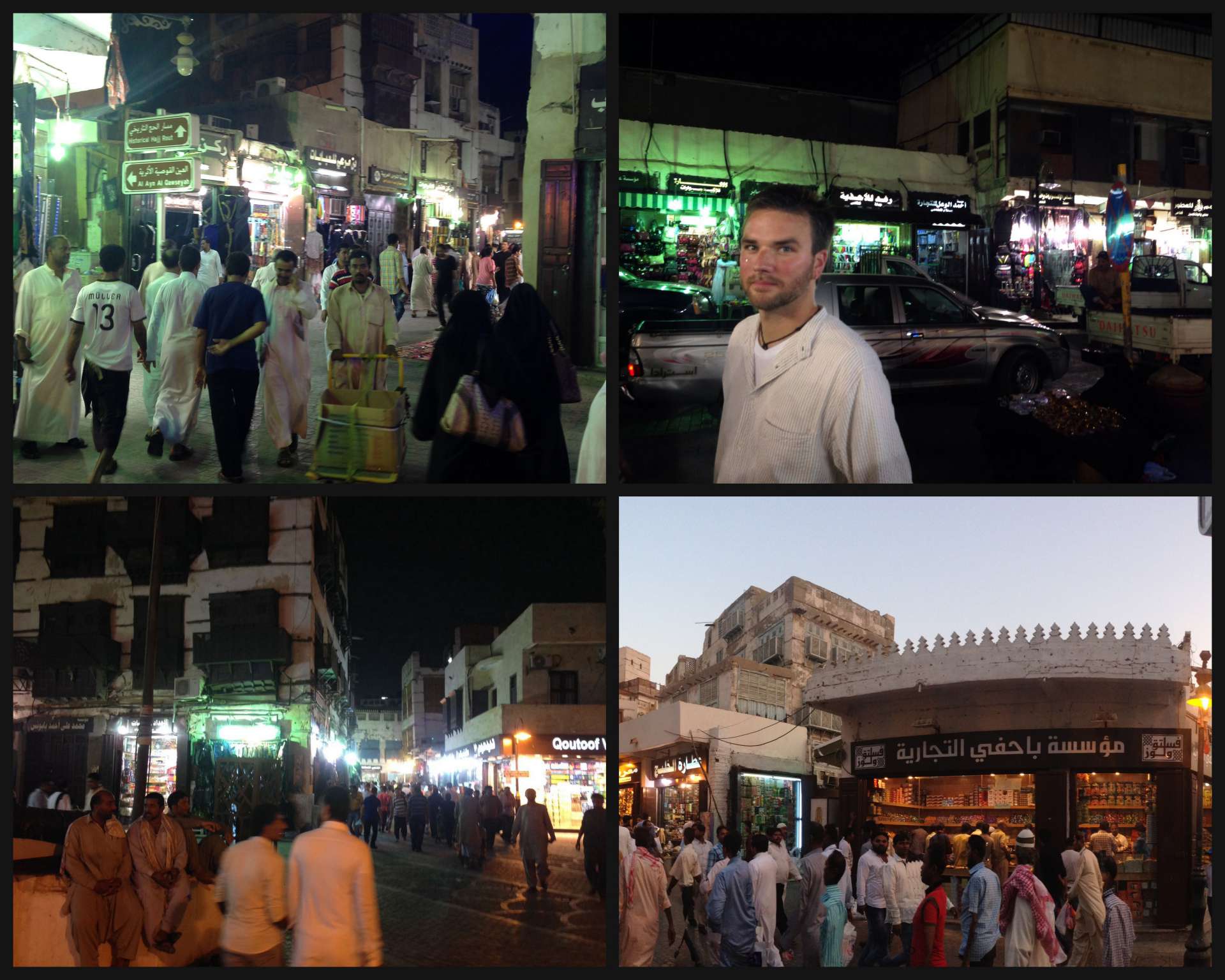
All accompanied by a cloud of smells, voices and occasionally the singing of the muezzin. So far, our excursions outside the university campus have always been very relaxed and everything was not as strictly conservative as we thought. (Susann)
---
The last working week was filled with project preparations. For Susann, the focus was on discussing the setup of the aquariums with the technicians from the university workshop, and for me (yes, I'm also speaking up now! :D), the first tests of my setup in the lab were on the agenda. In this process, the carbon dioxide and oxygen concentrations in the seawater are measured with a detector. We plan to carry out a 24-hour measurement along a reef and have determined the time difference between the device's sample collection and the final measurement. During later field use, the actual measurement will not take place directly at the sampling site, as the whole thing will move on a boat. Of course, we want to calculate that out in the end.
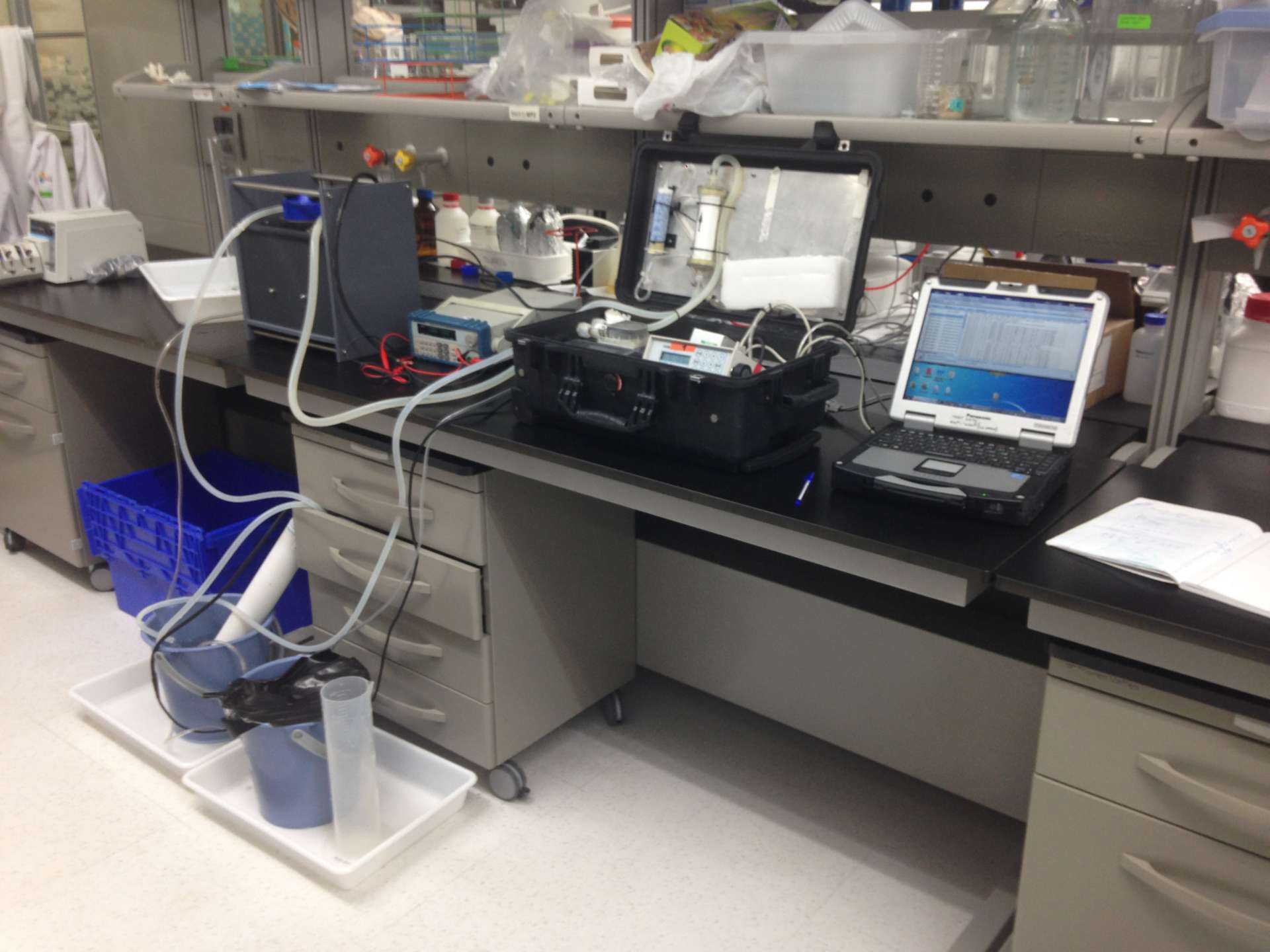
The highlight of the week was, of course, the first trip to the field, i.e. to two reefs off the coast!
We visited several measurement stations of various ongoing projects. For us, the goal was to get to know the locations and procedures and to make initial contact with Susann's study object - the 'giant clams' Tridacna sp.
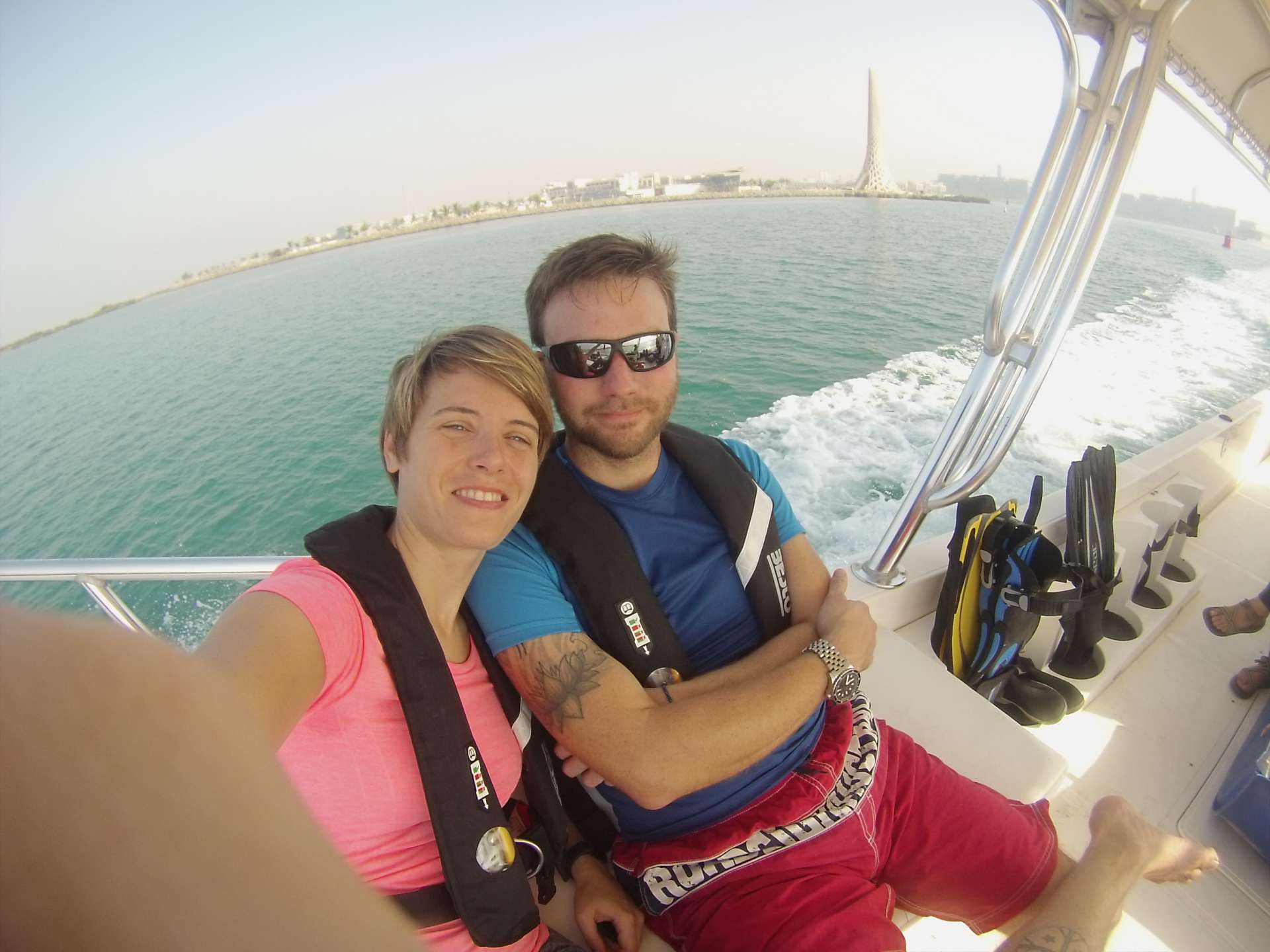
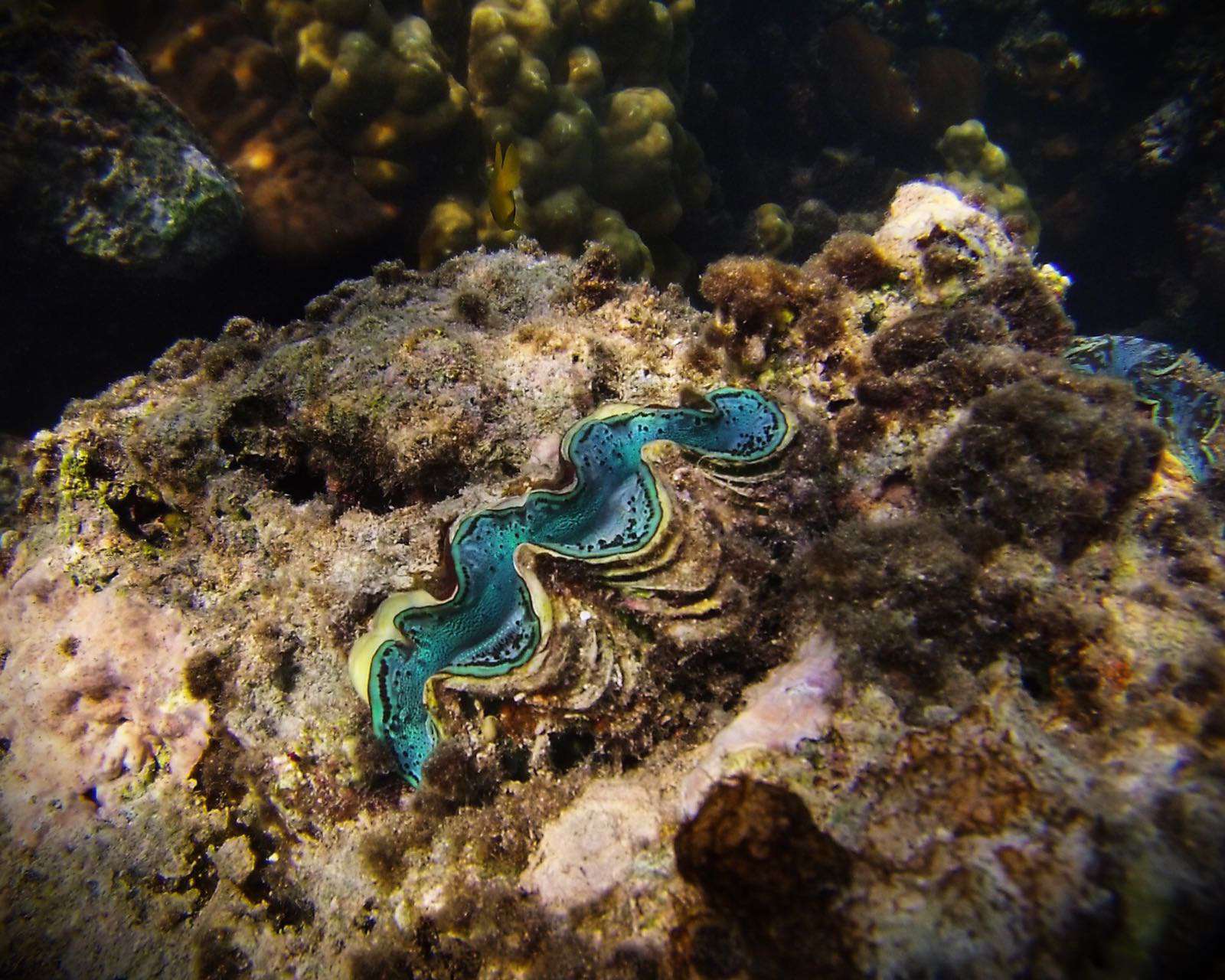
Of course, such field work days are always welcome highlights, but - even if it sometimes looks like it - it has little to do with a vacation. Boat days always cost money, so it is important to fit in and complete as many tasks as possible, and accordingly, the boat and schedule are packed. It's rarely punctual upon return, and usually it doesn't go to a restaurant or beach bar afterwards, but to the lab - the collected data and samples need to be secured and taken care of. Of course, there are great impressions, especially if you are lucky enough to be able to work in an area like this (Felix):
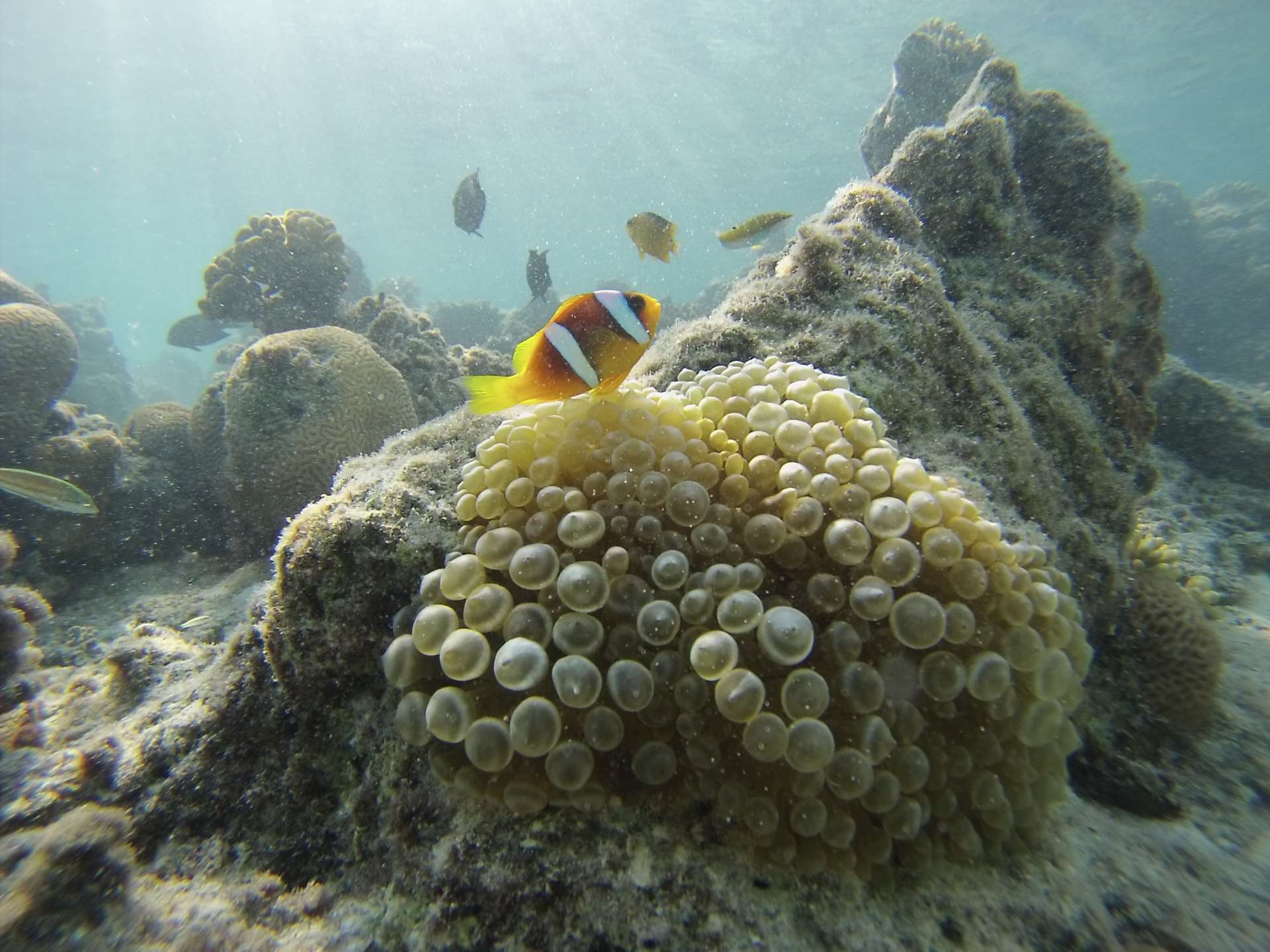
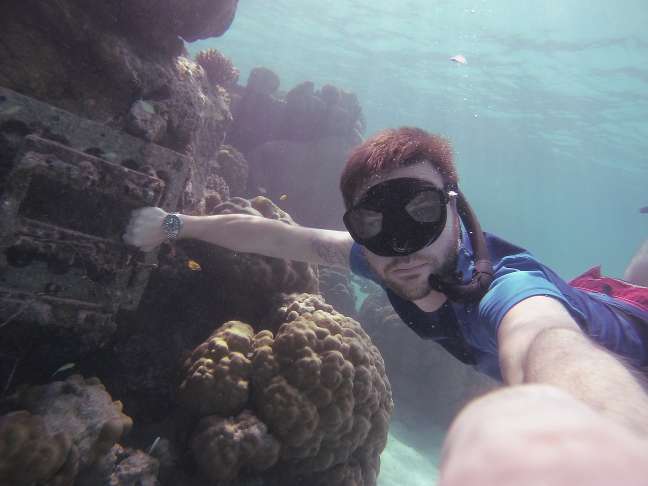
വാർത്താക്കുറിപ്പിലേക്ക് സബ്സ്ക്രൈബ് ചെയ്യുക
ഉത്തരം
